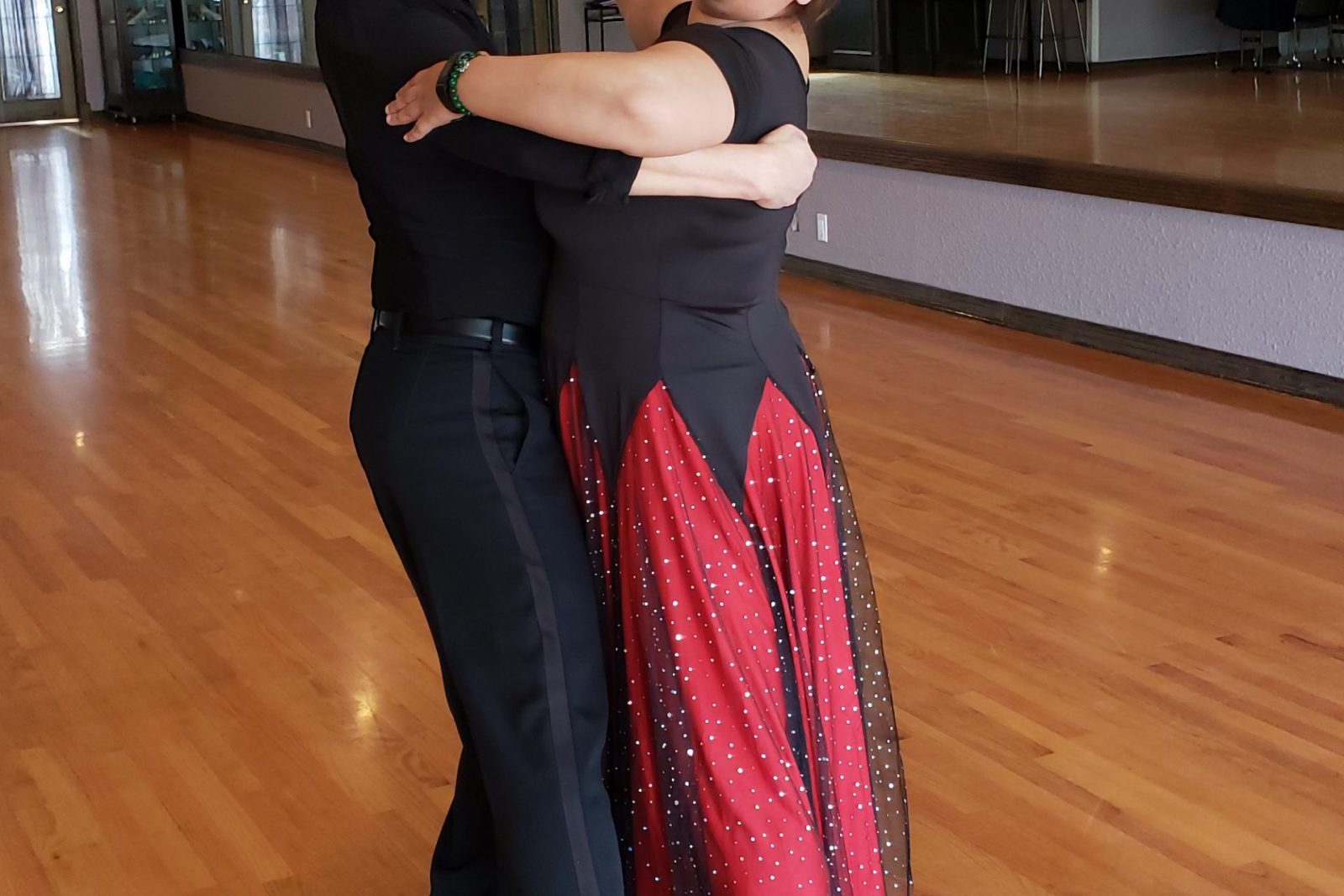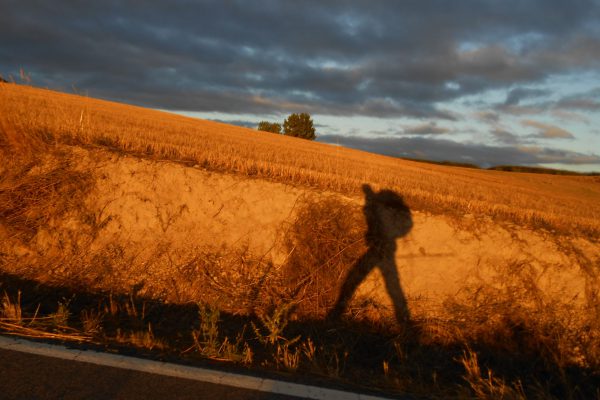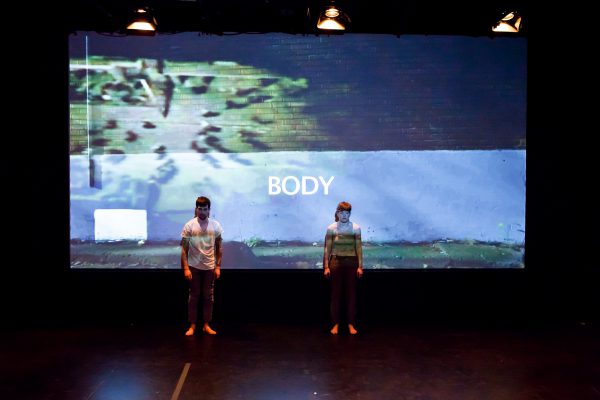“That must have been rough, having to relearn how to walk, in order to dance.”
“No, no, other way around. I danced because I wanted to walk.”
Dance and I have a difficult relationship: we’ve been on-again, off-again for the last fifteen years. I love expressing myself through movement, even in something as structured as ballroom dancing; however, when the emotions become too messy, I have to walk away to regroup, sometimes for years. The beauty, power and grace of dance demand honesty and vulnerability that I sometimes can’t give as my every movement broadcasts my story. I used to flirt with the idea of coming back to dance, taking a few classes here and there, but this idea would soon get buried under excuses: the lessons are too expensive or I don’t have time. That all changed one day in May 2018, when I committed to ballroom dancing.
After a car accident in 2016, I began to manage chronic pain with exercise. The intense rehabilitation program, working with a personal trainer twice per week for over six months, wasn’t enough. I needed to focus on postural alignment, which led me to take adult ballet classes taught by an aspiring physiotherapist at Alberta Ballet School. While ballet felt great, I wanted a style that I could continue to do in my nineties. (This past August, ninety-nine-year-old James McManus represented Ireland at the World Tango Championships.) Ballroom dancing would save me if I had the courage to let it.
Having ballroom dance in my life again reminded me of why I’d left. The emotional storm that surfaced could only be managed by the venerable Thu Luu, owner of Ballroom and Country Dance Studio in Calgary. Despite my anxiety, I trusted him with my recovery.
Two weeks into training, a subsequent car accident in June 2018 left me struggling to walk. To fight the rising panic, I began to research “gait issues.” I learned that dancing helps Parkinson’s patients walk and figured if dance could work for degenerative brain conditions, it might also help for acquired brain injury.
I continued dancing, but in my vulnerable state the emotional storms erupted into tsunamis of tears during my lessons. Being the disciplined coach I needed, Thu gave me just enough time to have a sip of water and dry my face before continuing. Treating me like any other student, Thu witnessed my evolution from a chronic pain patient to a dancer. He taught international style Latin dances (rumba, cha-cha, paso doble, samba and jive), where the couple separates to execute turns and various other figures independently. At first, I wasn’t strong enough and needed more support from my partner, thus Thu recommended that I take standard syllabus (waltz, tango, foxtrot, quickstep and Viennese waltz) with his new instructor, Jessel Yip, to develop my strength. In international standard dances, the couple always stays together, so I would have constant support as I healed.
Dancing with Jess, who is exactly two years my senior, brought up other issues for me that were eclipsed by my brain injury. Years of physical rehabilitation led to a dislike of being touched. Everyone has their hands all over me — doctors, dentists, physiotherapists, chiropractors, acupuncturists, massage therapists, osteopaths — and now I’m hip to hip with a handsome teacher. Seeing the results, I dance through my discomfort. Eventually I can even entertain the idea of an intimate relationship. I continue to progress impressing my care team and, while I still have post-concussion syndrome, the way I walk and sit communicates that I’m a dancer.
In only a year, my physiotherapy visits have been reduced, and instead of a chronic pain psychologist, I now see a psychologist who, as an athlete himself, understands and supports the athletic demands of my rehabilitation program in the context of my recovery. My situation is an anomaly for him. He has trouble accepting how the complexity of dancing can precede the simplicity of walking. The best example I have is in a film called Capturing Grace: A Legendary Dance Troupe Joins Forces with People with Parkinson’s Disease. The director and Parkinson’s patient, David Iverson, profiles Cyndy Gilbertson, a retired social worker with Parkinson’s, who, dancing before our eyes, says, “When my feet feel like glue and stuck on the floor, I sometimes cannot walk, but I can dance.”
Tagged: Ballroom, Writers & Readers, AB






